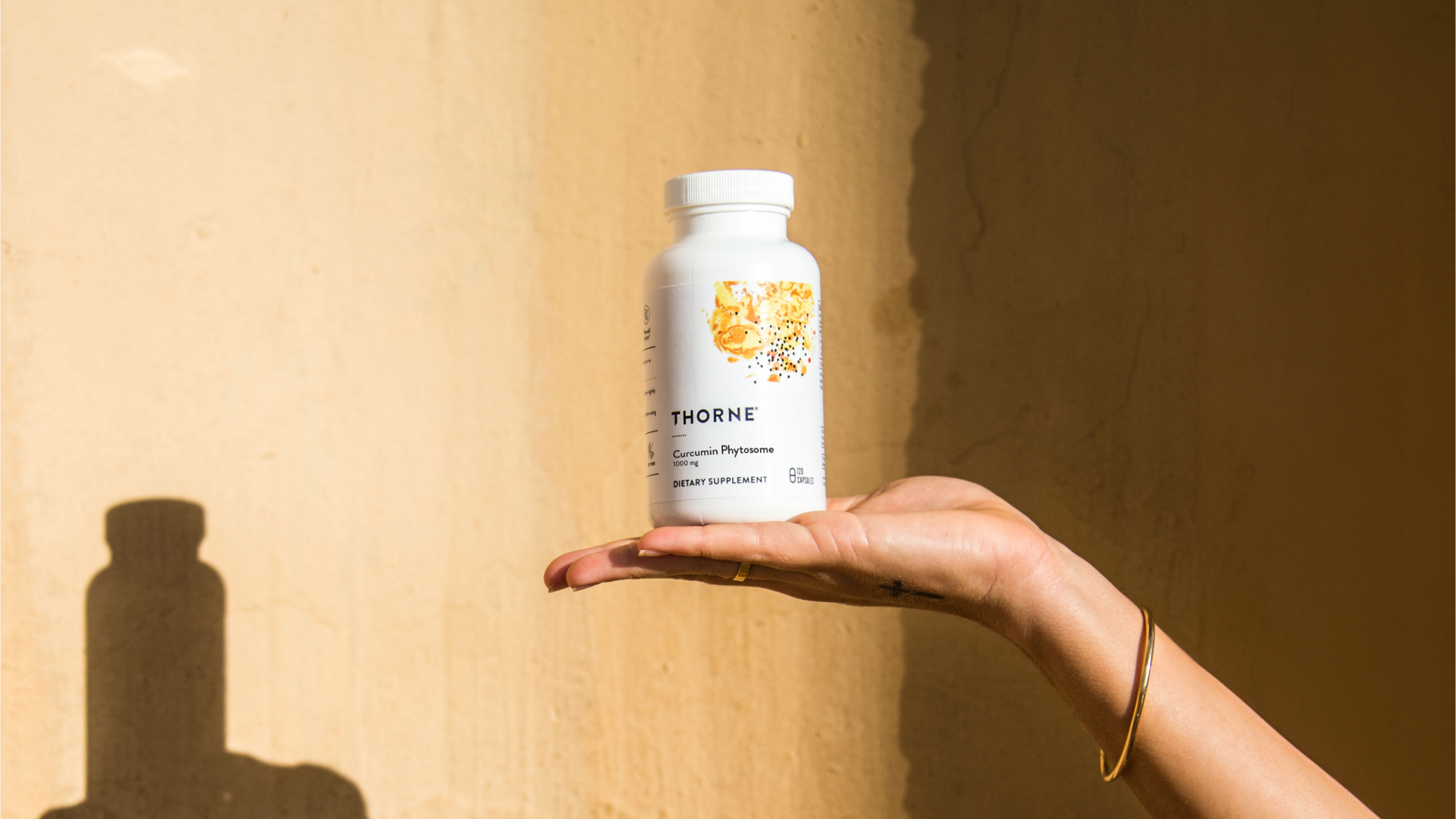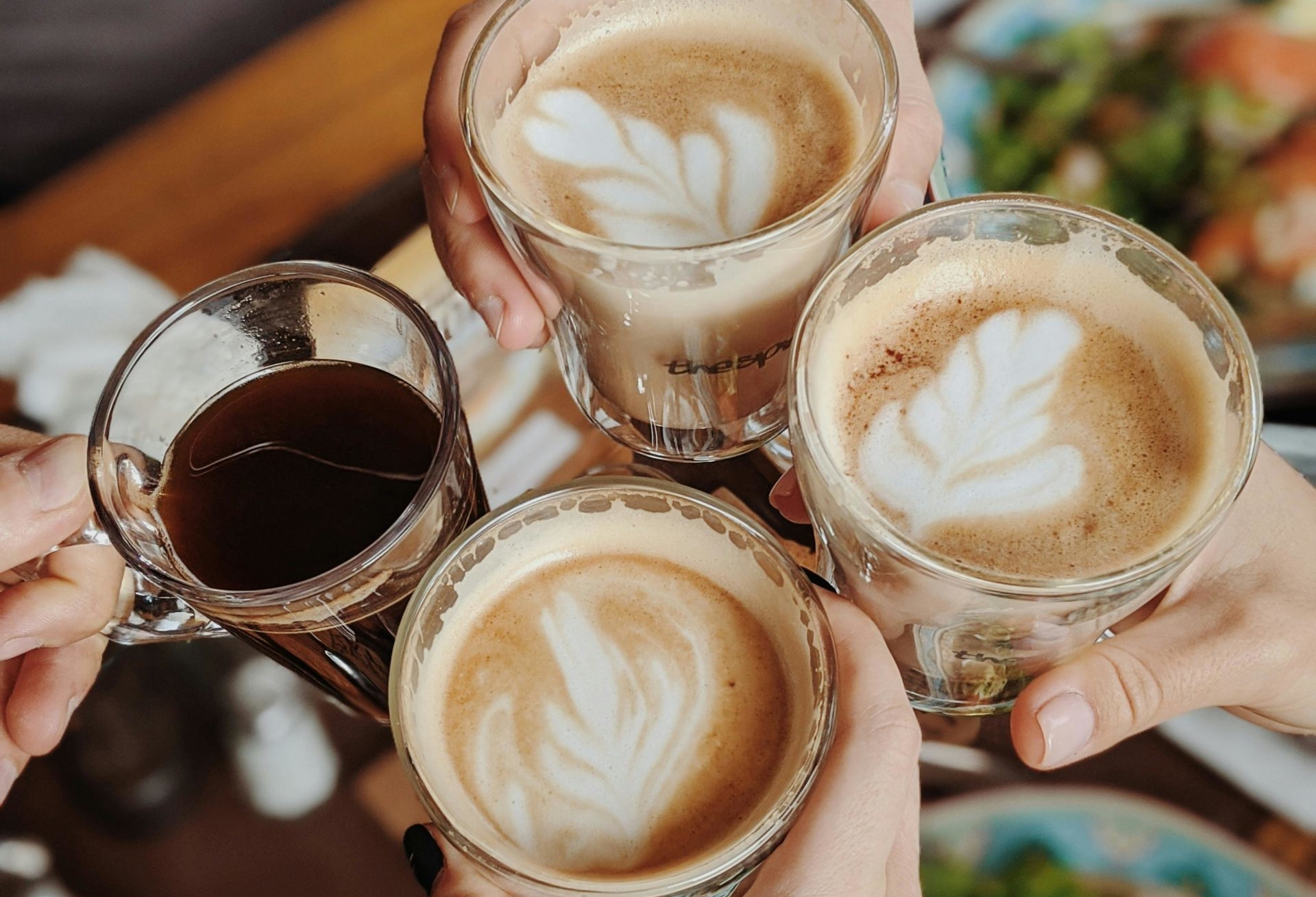People take supplements to improve or optimize their health. So what happens when you look at the label, and the ingredient list is filled with unrecognizable additives?
Blueberries, a delicious whole food, are rich in nutrients from vitamins (like C and K) and minerals (like manganese) to various polyphenolic compounds. The multiple health benefits of blueberries include promoting healthy cardiovascular function, supporting healthy bones, and maintaining healthy skin, just to name a few.

In harsh growing conditions, berries have adapted to their stressful environment in such a way they contain up to 10 times the bioactive compounds and antioxidant capacity than blueberry species grown in lower latitudes.
Thorne has recognised this and formulated a proprietary complex named AuroraBlue®, which contains multiple blueberry/bilberry species that are hand-picked in Alaska rainforests and tundra.
Studies published in the 1970s and 1980s observed that plants grown in harsh environments produce more flavonoids as a means of protection against the elements. In the past 10 years, interest and merit in the theory has been rekindled and established. A 2012 study on how temperature and light affect the nutritional value of bilberries found that northern species produced significantly higher levels of health-promoting phenolic compounds, like flavanols (a class of flavonoids), anthocyanins, and polyphenols.1
What Makes Alaska Suitable for AuroraBlue?
The climate of Alaska’s interior wilderness is a case study in extremes, where temperatures can range from minus 50o C in the winter to above 32o C in the summer. Sunlight exposure varies greatly as well, with about five hours of daylight in the winter to nearly 22 hours in the summer. During the summer, plants growing under these environmental conditions must coordinate gene expression and enzymatic activities, largely under the control of protective secondary metabolites, such as flavonoids and other polyphenolics. It is this adaptation that allows the AuroraBlue berries to concentrate up to 10 times the bioactive compounds and antioxidant capacity compared to products made with wild blueberries and cultivated varieties from lower latitudes. In addition, many of the nutrients in wild Alaska plants are “hormetic” – meaning that very low concentrations can prime cells to respond to stress in a healthy way. These substances enter cells in various tissues and influence how they signal each other and how genes are transcribed and expressed.
Unique Harvesting of AuroraBlue
AuroraBlue is a dried whole-berry concentrate – not an extract. As such, all the active ingredients remain intact in their proper ratios. It includes the following blueberry (genus Vaccinium) species:
- V. alaskaense How. (Alaska blueberry)
- V. cespitosum Michx. (dwarf bilberry)
- V. membranaceum L. (thinleaf blueberry)
- V. ovaliforium Sm. (oval-leaf blueberry)
- V. uliginosum L. (bog blueberry)
The plants used to make AuroraBlue are wild harvested from land that has never been cultivated or exposed to any kind of industry. Many of the harvest locations are hundreds of miles off the limited Alaska road system. Hence, no pesticides or herbicides, synthetic fertilizers, human-introduced hybridization, or genetically modified organisms are involved.
Denali BioTechnologies, Inc., the research-driven company that makes AuroraBlue, honors the Alaska Native people with whom they partner by recognizing their tremendous knowledge of indigenous plants. The company heeds the advice of the Native elders and includes not just berries but a sprinkling of leaves and stems into the AuroraBlue complex, because these parts of the plant impart health-promoting compounds absent in the fruit.
After being picked, the berries are frozen in portable freezers brought into the fields. The freezers travel to the sites either via the limited road system in Alaska or on ferries or barges that travel to remote communities. The freezers are hauled to the fields on trailer beds pulled by all-terrain vehicles on logging roads or snow machine trails and powered by generators on location. After the botanicals are frozen, they are immediately dried with InfiDri® drying.
The InfiDri system is a unique, self-limiting dehydration method that uses the conductivity properties of water together with the properties of infrared and the refraction of light to remove water from food and form dry powders, flakes, or sheets. Through this system, purees or juices prepared from fruits, vegetables, or herbs dry within a short time, usually in five to 10 minutes, and are exposed to lower heat temperatures compared to conventional drying methods like freeze drying or spray drying. This results in a dry product that retains more vibrant color and has higher vitamin, mineral, enzyme, and antioxidant retention.
About Denali BioTechnologies
AuroraBlue is the flagship product of Denali BioTechnologies, founded in 2006 and based in Homer, Alaska, and is the brainchild of CEO and founder Dr. Maureen McKenzie. A biochemist and food scientist, McKenzie came up with the company’s concept after an Alaska vacation that proved to be quite serendipitous.
Dr. McKenzie had previously taught classes on plant-derived pharmaceuticals and was familiar with the health-promoting properties of wild fruits and greens. While exploring the Alaska wilderness, she noticed a similarity among leaf and flower shapes of well-known medicinal plants throughout the world, and she wondered if they might have similar properties. McKenzie talked to knowledgeable locals and Native people in the small Alaska communities she visited, asking them about the plants she noticed, and they shared with her how the various botanicals were traditionally used. On returning from vacation and studying these plants, she realized the harsh Alaska growing conditions provided these plants with unique compounds that could greatly benefit human health. This set in motion what would eventually become Denali BioTechnologies.
The mission of Denali BioTechnologies is:
- To conduct original research on the nutritional and pharmaceutical potential of wild Alaska
- To commercialize the most promising of these traditional foods so more people can benefit from their health-giving properties.
- To protect the pristine natural environment where these resources are harvested.
- To bring economic opportunity to all Alaskans, but especially to those who have been severely impacted by destabilizing economic boom-and-bust cycles.
Denali BioTechnologies works in partnership with Alaska Natives and other local people. The company does not directly employ growers or harvesters but provides them with the appropriate collection equipment, such as the food-grade buckets and liners, boxes, and freezers needed to harvest berries on the land the growers own or hold the rights to utilize.
Since its inception, Denali BioTechnologies has worked with large Alaska Native corporations, village corporations, tribal councils, and private Alaska citizens to increase economic opportunity in remote rural areas. Many of these communities have experienced the destabilizing economic and social effects of boom-and-bust cycles characteristic of traditional Alaska industries like logging and fishing.
Thorne is proud to partner with Denali BioTechnologies because they place environmental preservation and community sustainability at the forefront of their vision and practice.
For more information on Denali BioTechnologies, click here.
- Uleberg E, Rohloff J, Jaakola L, et al. Effects of temperature and photoperiod on yield and chemical composition of northern and southern clones of bilberry (Vaccinium myrtillus L.) J Agric Food Chem 2012;60(42):10406-10414.
Share:
Related Posts

DUTCH Test Enhancements
People take supplements to improve or optimize their health. So what happens when you look at the label, and the ingredient list is filled with

Benefits of Doing Nothing: The Default Mode Network
Quicksilver Scientific Education Team April 20, 2024 Beneath the surface of our daily actions lies a stream of spontaneous thoughts, memories, and emotions. Often, we

Thorne Celebrates 40 Years of Good Health
Maggie Chandler April 12, 2024 As it’s often said at Thorne, healthy ageing is a gift. It’s about embracing the way you feel, your experiences,

Healthy Coffee Alternatives: When to Quit Coffee & What to Drink Instead
Dr Thomas Wnorowski February 16, 2024 Key Points: Does the idea of quitting coffee make you feel all sorts of (terrible) things? It’s common. But

How Your Social Network Impacts Your Mental Health
Austin Ruff April 17, 2024 Humans are inherently social creatures. It’s in our nature to connect and want to be connected to the people around


